Be amazed by the wonders along the Via Lauretana path.
Today Valiano is a district of Montepulciano with around three hundred residents, but this small village boasts a centuries-old history. Probably of Etruscan-Roman origin, its strategic importance flourished in the Middle Ages with the spread of the postal system: a network of stations for sorting and controlling goods and collecting customs duties. Historically, pilgrims on the Lauretana Route stopped at the Castle of Valiano to rest and refresh themselves. The historic center still preserves its medieval layout.
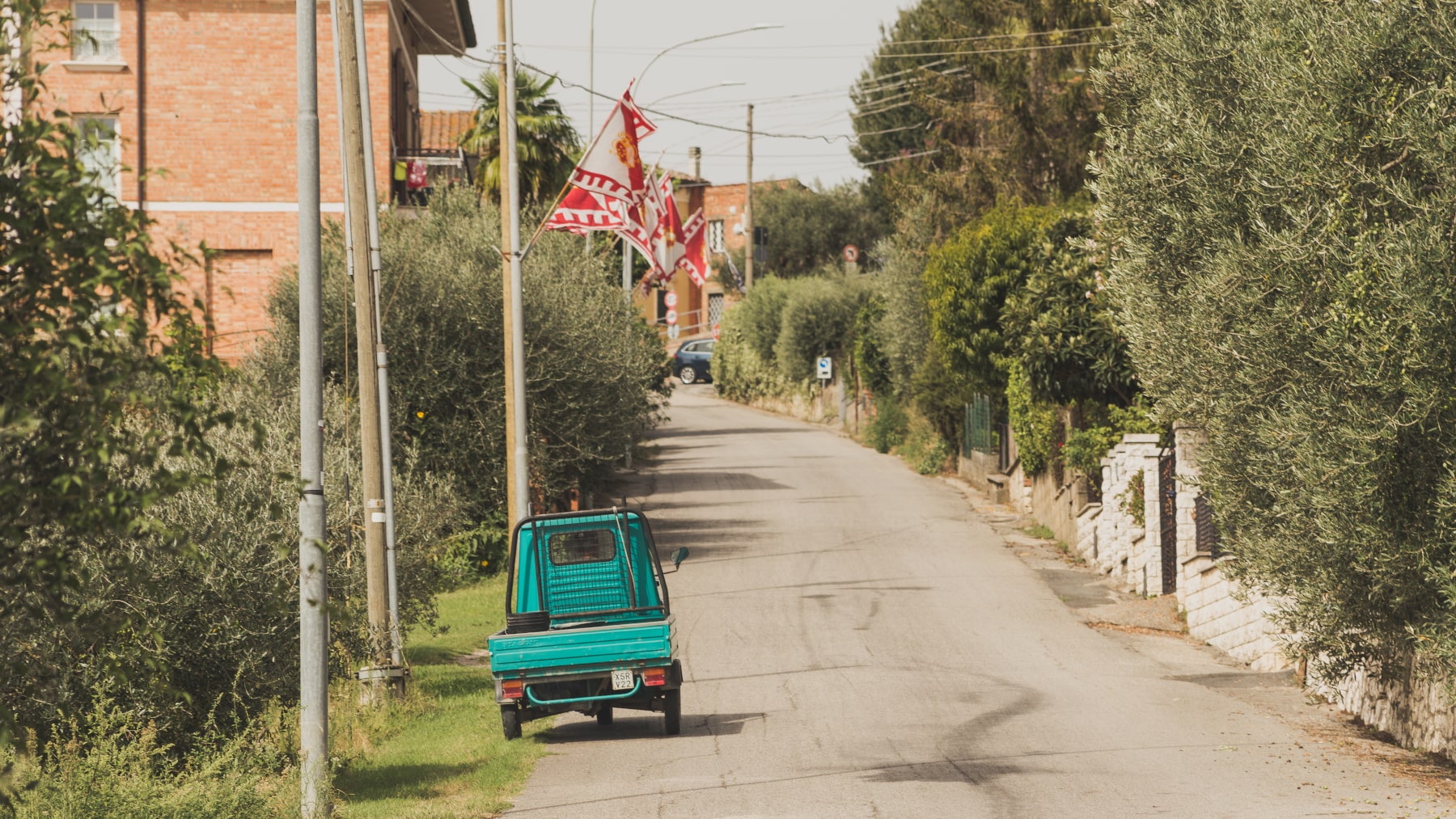
Located in the historic center of Valiano, this church preserves the relics of the Saint and important examples of sacred art, including a recently restored painting of Saint Margaret, the patroness of Cortona. Behind the main altar, a 16th-century wooden crucifix from the Cortona school, considered miraculous, is on display.
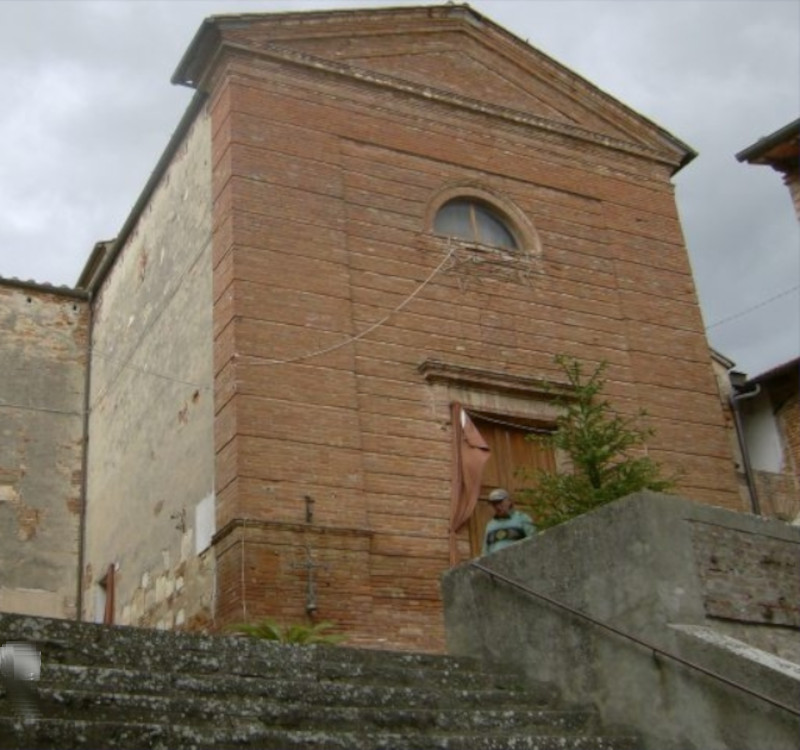
Dedicated to the young Sienese martyr Ansano, this impressive parish church was already known in the early Middle Ages. Managed for centuries by the Olivetan monks, it was completely rebuilt at the end of the 18th century. Today, the church houses two Robbian majolica works and welcomes travelers to Petrignano del Lago, where the path briefly crosses into Umbria.
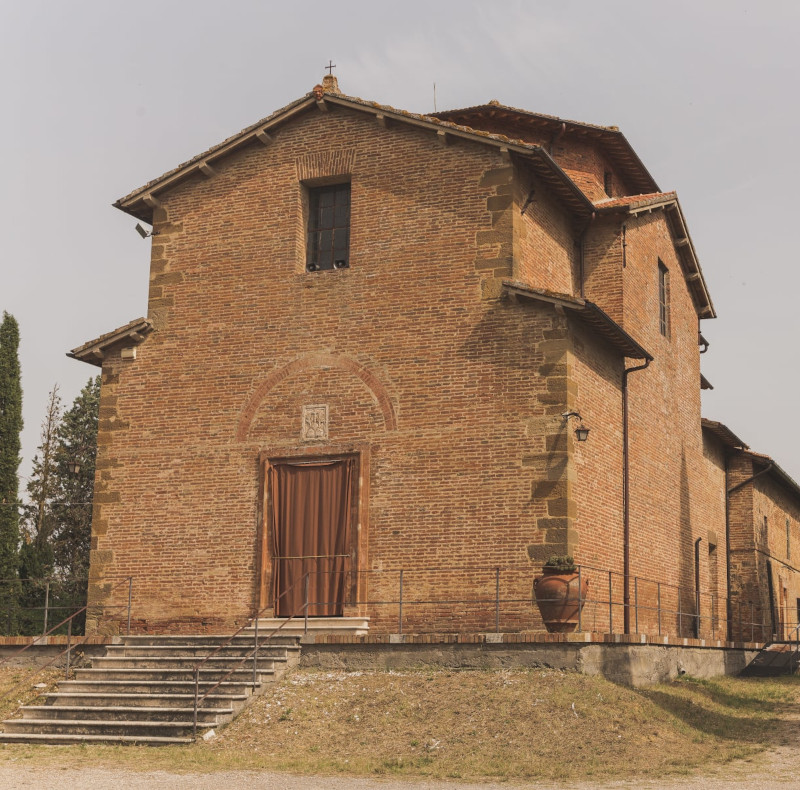
An ancient Etruscan village, Ossaia became the site of a splendid Roman villa dedicated to wine production. This area was also the site of the bloody Battle of Lake Trasimeno in 217 BC, where the Carthaginian general Hannibal clashed with Rome. The name “Ossaia” is said to be linked to the disastrous defeat of the Roman army, referencing the many bones found here.
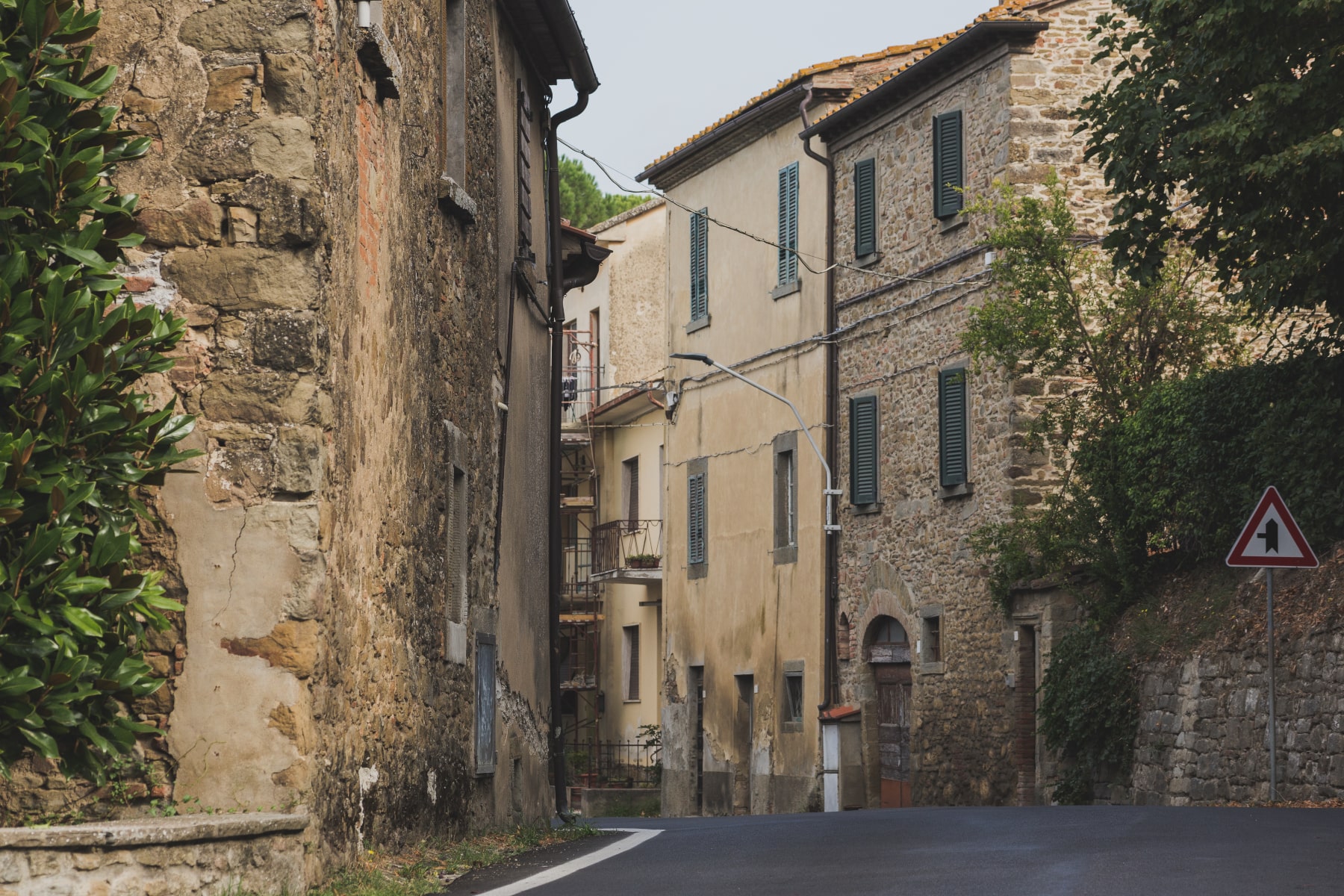
Built on the ruins of a Roman temple dedicated to Bacchus, the parish church dates back to the 8th century AD when the Lombards converted it to the Christian cult of Saint Michael. In the 11th century, the church was rebuilt by the architect Maginardo in the pre-Romanesque Arezzo style. The Via Lauretana and the Via Micaelica converge at the Church of San Michele.
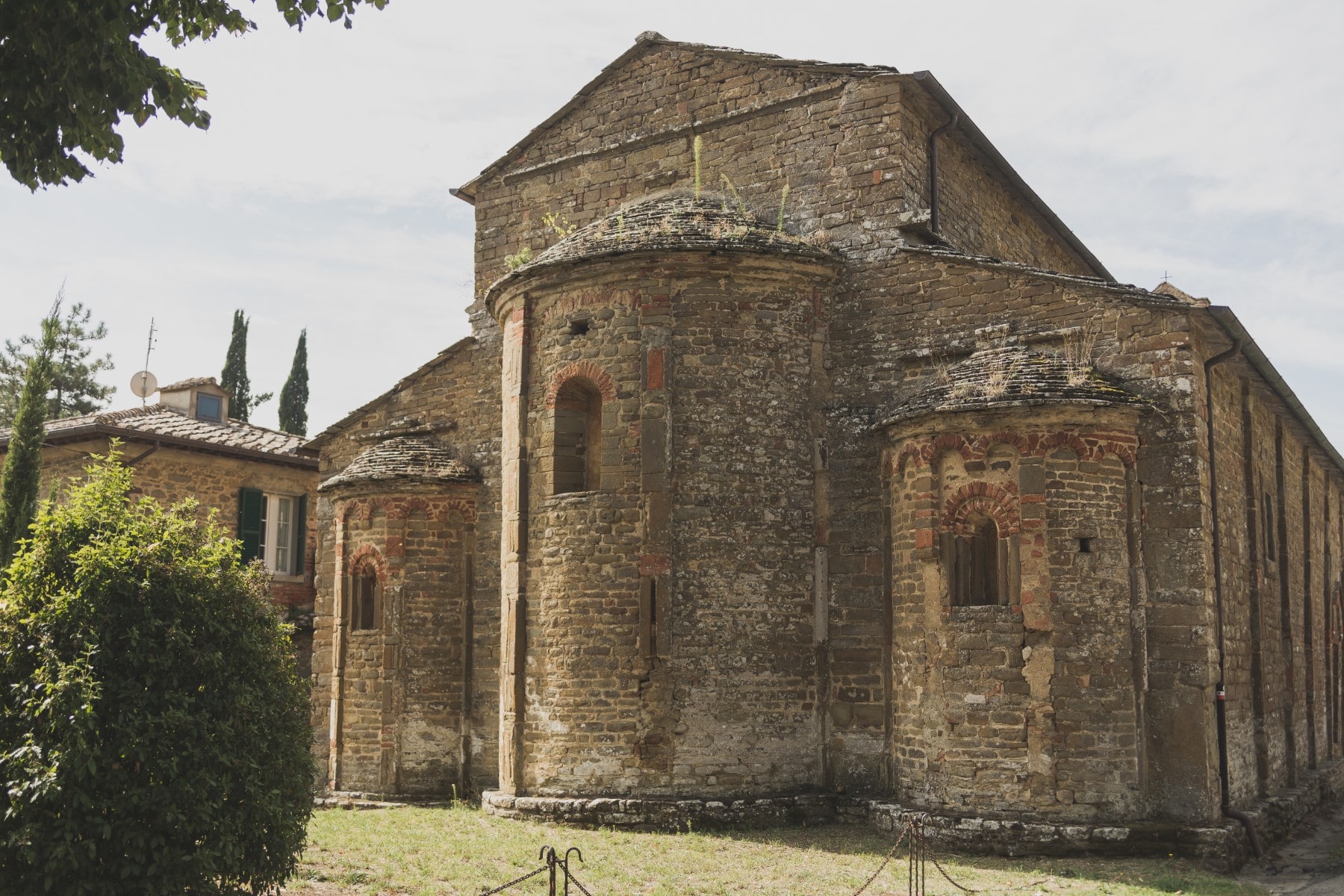
This scenic road ascends toward Cortona, guiding travelers through the final stretch of their journey. The Palazzone, the summer villa of Cardinal Passerini, is the star of this route. The Cardinal commissioned the elderly master Luca Signorelli to fresco the small chapel next to the villa’s entrance. According to tradition, the famous Cortona artist died after a fall while working on these frescoes. Today, the Palazzone serves as an external branch of the Scuola Normale of Pisa.
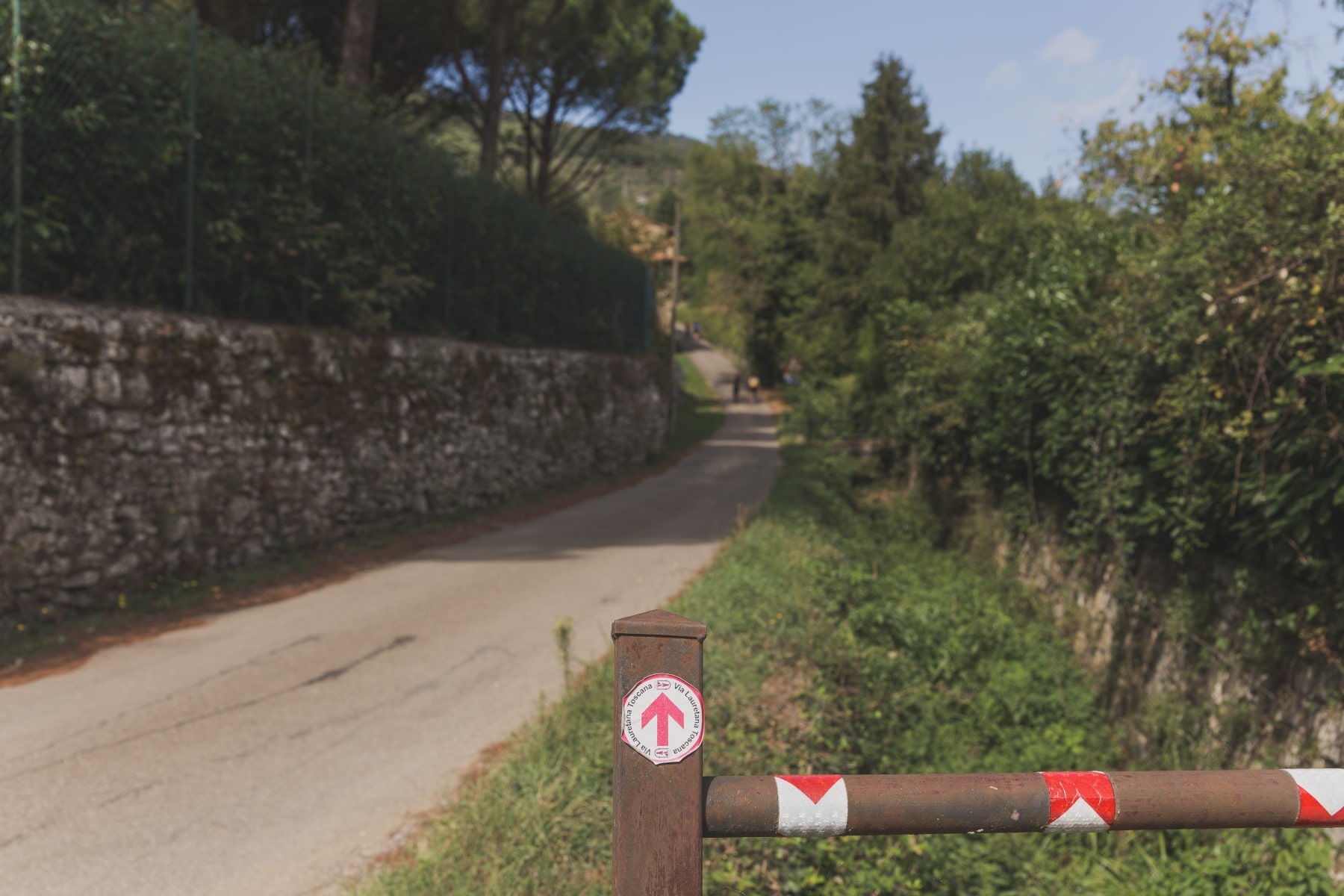
The last stage of the Via Lauretana in Tuscany leads travelers to Cortona: a charming, typically Tuscan village rich in interesting sites and museums, as well as shops offering local crafts and culinary products. Thanks to its strategic position, it was one of the most important cities of ancient Etruria and continued to develop in the Middle Ages, becoming renowned for its arts and trades. Today, Cortona retains its refined charm, allowing visitors to discover and admire the traces of its remarkable history.
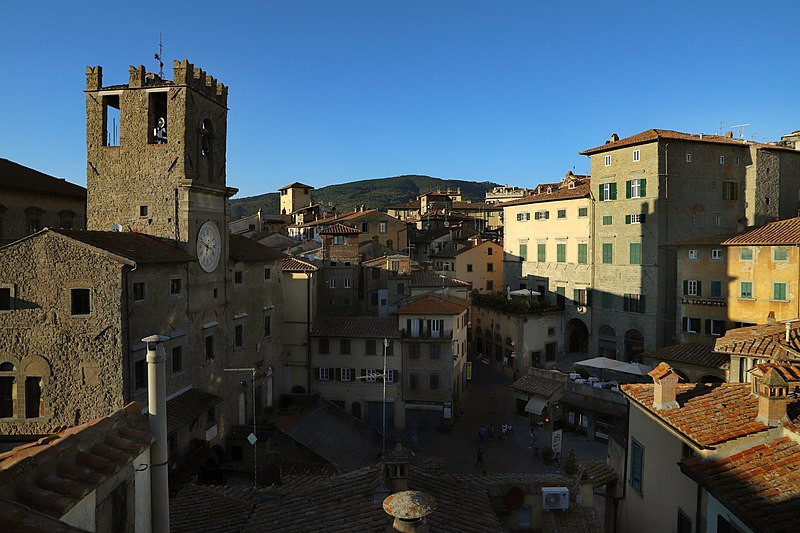
Since ancient times, the heart of Cortona has been the area around Piazza della Repubblica and Piazza Signorelli. These two squares were the city’s Roman forum and still serve as the center of daily life, home to the monumental Palazzo Comunale and various shops. In Piazza Signorelli, you can also find some of Cortona’s most significant historical buildings: Palazzo Casali, which houses the MAEC – Museum of the Etruscan Academy and the city of Cortona, the Historical Archive, the Municipal Library, and the Teatro Signorelli.
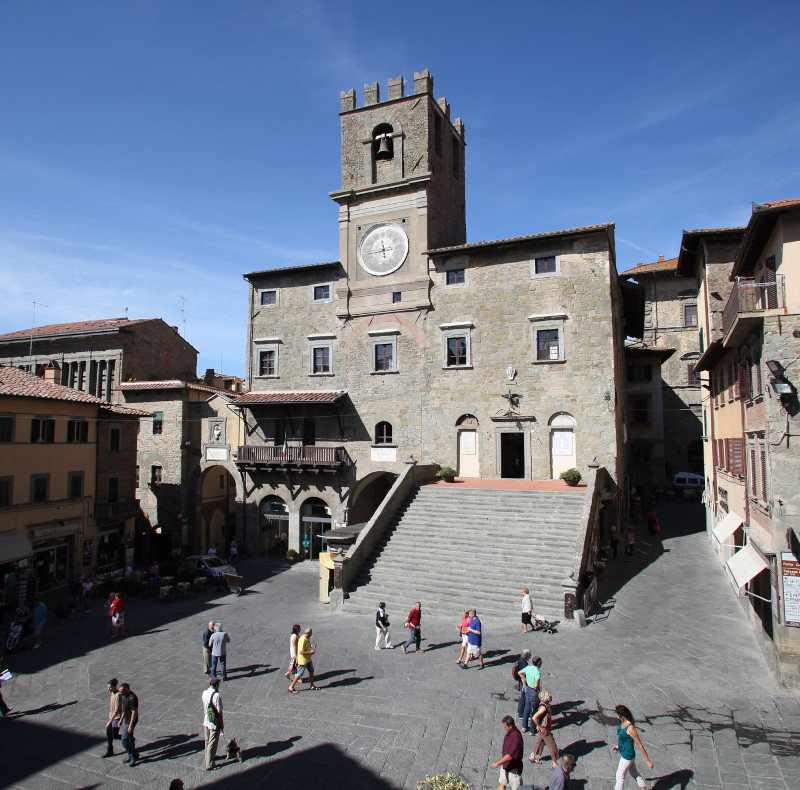

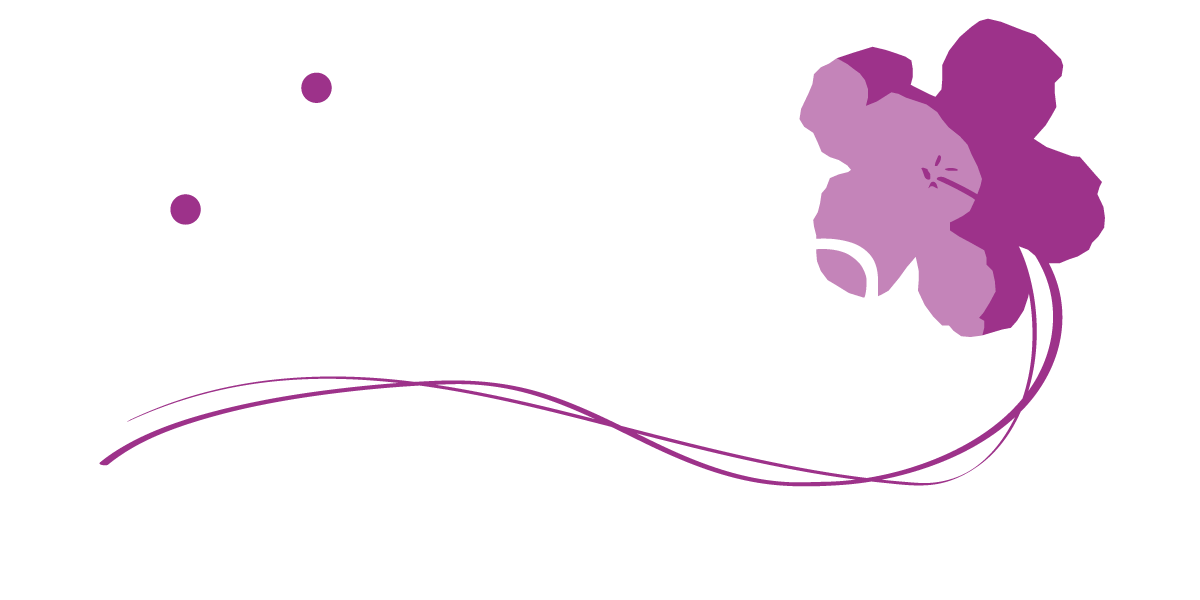

Design by Iperattiva